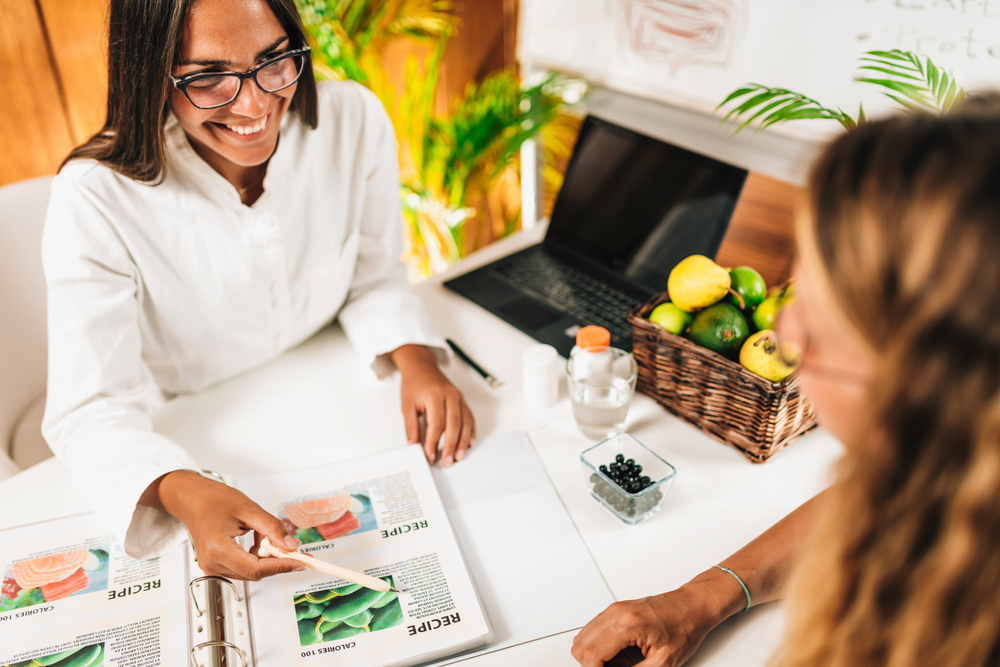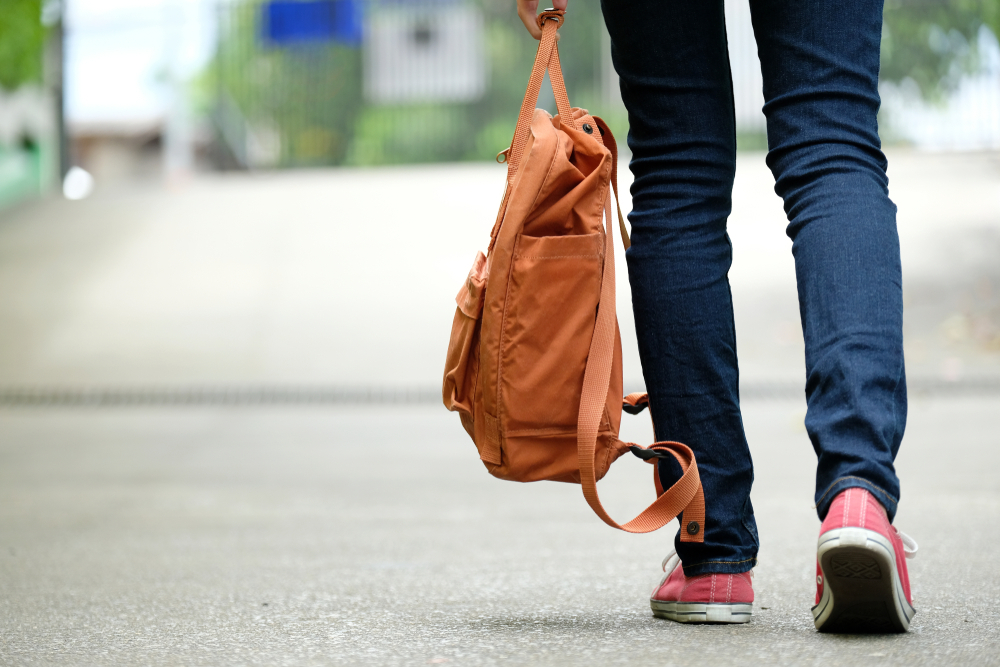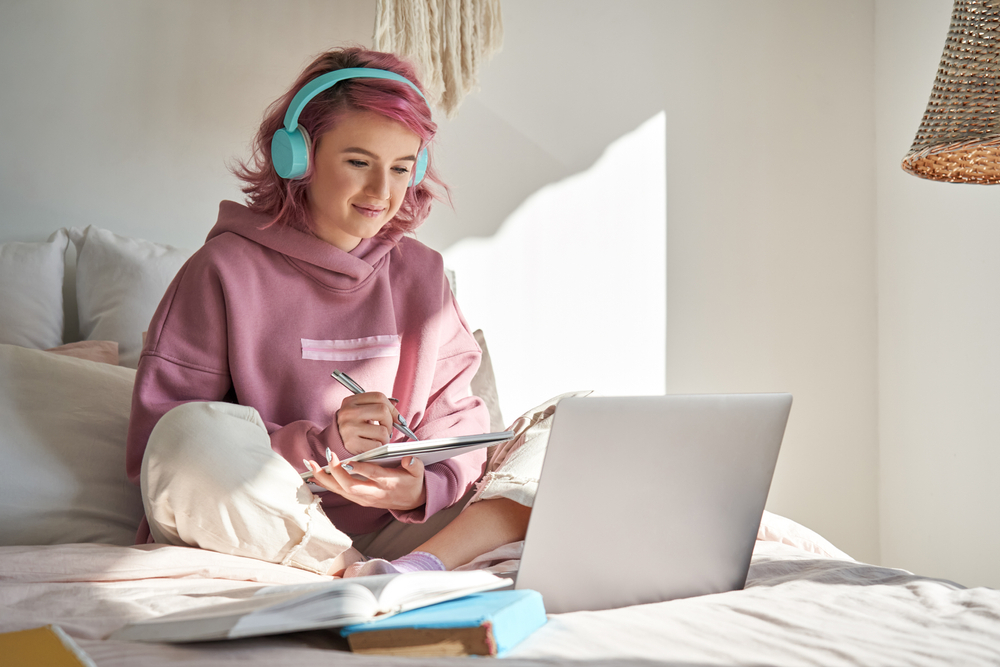6 tips for living with T1D in a world changed by COVID-19
With many states loosening quarantine orders and local businesses reopening to customers, the idea of this "new normal" might have you feeling a little nervous. Rest assured you're not the only one! Thousands of people with type 1 diabetes (T1D) are feeling the same way.
Fortunately, it's possible to have enriching new experiences (and stay safe) while living with T1D and avoiding the coronavirus. While the link between COVID-19 and chronic conditions like diabetes may make you hesitant to leave the safety of your home, there are many practical tips you can use to stay healthy and reduce the chance of transmission.
Here are six simple strategies that can help you feel confident as you return to enjoying life with family, friends and coworkers.
1. Keep practicing positive habits
According to the latest Kaiser Family Foundation report, nearly half of all adults say that they or someone in their household have postponed or skipped medical care due to the coronavirus outbreak. Living with T1D typically leads to a greater awareness of the importance of consistent health monitoring and attending routine medical appointments. Try your best to stick to your regimen! Routine care — like checking blood sugar, brushing your teeth, exercising and making good dietary choices — are all part of staying healthy and avoiding viruses.
Also, make a point to be proactive. Ask your doctor for their recommendation so you can schedule an in-office appointment or a telehealth appointment. Make sure that you have ongoing contact with your physician or medical office staff and can reach out for guidance if need be. It's also a good idea to keep a supply of diabetes testing equipment on hand (within the limits of your insurance plan) so you always have access to the equipment you need to manage your T1D.
If planning an office visit, ask about social-distancing precautions. Your doctor's office may have moved chairs to be spaced 6 feet apart in the waiting room, begun patient temperature monitoring upon arrival, started requiring that everyone wear facial masks and put protocols in place for cleaning treatment rooms after each patient visit. You may also want to ask how the office staff is monitored for COVID-19 so you feel confident attending future in-office appointments on a routine basis.
2. Express your personality
The Centers for Disease Control and Prevention (CDC) recommend that everyone older than 2 years of age wear cloth face coverings in public settings. Due to the fact that COVID-19 can be spread by people who do not have symptoms — or even know that they are infected — individuals living with T1D can increase their chances of avoiding the virus by wearing a facial mask.
Think of wearing a mask as an opportunity to protect yourself and your family. It may feel like a bit of an imposition, but wearing a mask in public is a responsible and compassionate action. You can even get creative and have a little fun! Try making cloth face coverings with fun and humorous designs to support self-expression and artistic creativity — it can be an entertaining activity for the entire family.
3. Talk about social responsibility
Discussions about social responsibility within your family are essential, especially if you have multiple generations living in the same house. While it's possible that some younger adults may not be physically affected by the coronavirus or present symptoms, they can still carry the virus into the home — and elderly family members can be adversely affected.
Families should collaboratively discuss the safest ways to reestablish routines and plan outings, like going out to eat and visiting with friends. Initiate conversations about contact tracing to help everyone get on the same page. Social responsibility should be on everyone's mind during this time, as each new interaction could lead to a large number of people being exposed to the virus.
4. Venture out into the big, beautiful world
When was the last time you ventured out? While it's important to avoid contact with the general public, there's nothing like face-to-face communication with a loved one. Consider making plans to participate in a favorite outdoor activity with your family or one or two friends. Agree to follow precautionary hygiene practices and social distancing.
Enjoy a walk, hike or bicycle ride that promotes self-care. Boost your mood by planning a picnic. Order to-go food from a favorite restaurant. Meet friends and enjoy an afternoon outdoors. Sit outside on your front porch or in your backyard and participate in a night of star-gazing. Ultimately, after spending so much time indoors, it's important to get outside!
Enjoying nature reduces stress and relieves many of the concerns about going out in public and being exposed to crowds. The first steps toward rejoining the world don't have to be big. Take your time. Be thoughtful and plan enjoyable activities that make you feel safe.
5. Boost your mood
Research confirms that social distancing negatively affects mental health. While living with T1D means you have to do some things differently than other people, it doesn't mean you have to continue quarantining if you practice social distancing and good hygiene practices.
Seek out outdoor spaces where you can gather with friends. Listen to music that brightens your mood. You may realize you relish the intimacy of smaller groups of friends instead of large public spaces.
Some gyms, yoga classes, botanic gardens, zoos and other venues are slowly opening with 6-foot space requirements. You may see the one-way lanes in supermarkets — intended to reduce face-to-face traffic — begin to appear in other places. These safety precautions support the safe-reopening of businesses, so try and view them positively.
6. Prepare to get back to work
Your workplace will probably look different from the office layout before COVID-19. Communal gathering areas like coffee stations and lunch rooms may be remodeled to promote social distancing. Plexiglass dividers may appear between desks. The CDC has issued guidelines for employers to ensure safe practices for employees.
Living with T1D and returning to the workplace can mean taking a few extra practical steps. Taking a daily temperature, sanitizing desks and not using shared items, as well as removing clothing and showering upon returning home are all precautionary measures that can offer peace of mind for everyone in the household.
Venturing back into the world affected by COVID-19 poses many considerations — a dwindling supply of diabetes testing products shouldn't be one of them. Visit the Edgepark website to browse available products and place an order to be delivered to your home.




